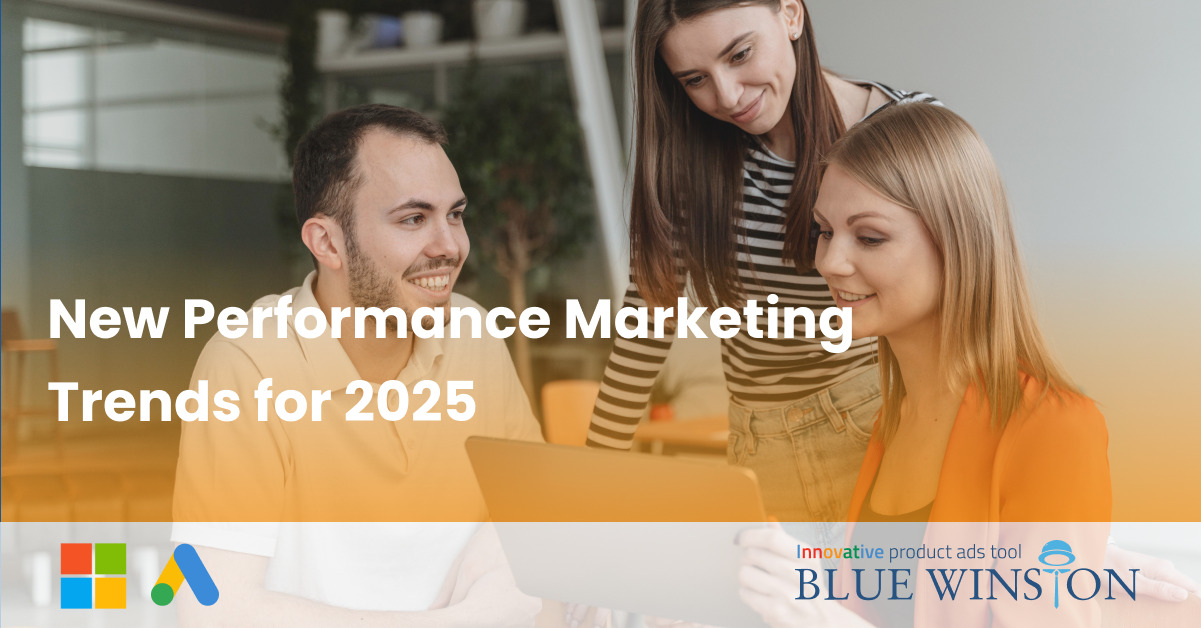Performance marketing has been evolving dynamically in recent years, and 2025 will be no exception. The main drivers of this evolution are modern technologies that enhance the efficiency of targeting, optimizing, and personalizing ads. Artificial intelligence, machine learning, voice search, and programmatic advertising (RTB) offer new opportunities for advertisers while also demanding more strategic decision-making. In collaboration with Ecommerce Bridge, we have prepared an overview of the key trends that will shape performance marketing in 2025. Let’s take a closer look at the technologies that will define its future.
1. AI and Machine Learning as the Future of Automation
Artificial intelligence is no longer merely a current trend but the foundation of effective marketing. Automation through AI helps improve predictive analytics, customer segmentation, and ad personalization. Machine learning enables real-time bidding and programmatic ad buying, allowing advertisers to reach the right audience at the right time with the right message. The more data AI processes, the better it can optimize campaigns without the need for manual intervention.
2. Voice Search and Content Optimization
The growing use of voice assistants such as Google Assistant, Alexa, and Siri is changing the way customers search for products and services. Traditional SEO is no longer sufficient—advertisers must begin optimizing content for natural language and longer phrases. FAQ pages and long-tail keywords are becoming essential to capture new queries from voice search.
3. A Shift to First-Party Data and Transparency
In light of tightening regulatory measures such as GDPR, data collection and management have become key success factors in online advertising. Data voluntarily provided by consumers (zero-party) and data gathered through customer interactions with a website (first-party) are replacing third-party cookies, while transparency in data processing is becoming increasingly important to customers. Companies that can intelligently leverage data from their websites, CRM systems, and customer interactions will gain a competitive advantage in ad targeting and retargeting.
4. Social Commerce and the Rise of Authentic Content
Social media is no longer just a space for branding – it’s now a full-fledged sales channel. Meta, TikTok, and Pinterest allow interactive shopping directly within apps, with personalized ads achieving higher engagement than traditional ad formats. Advertisers should invest in user-generated content (UGC), collaborate with influencers, and leverage AI-powered personalization to reach customers even more effectively.
5. Immersive Content: AR and Video Marketing
Augmented reality (AR) and video content are becoming increasingly important in the buying process. AR allows customers to virtually try out products, while video marketing drives a higher level of interaction. In particular, 360° videos, interactive product reviews, and dynamic video ads are trends that are changing the way customers perceive advertising messages.
6. Programmatic Advertising and Placement Accuracy
Automating ad buying through real-time bidding (RTB) allows advertisers to secure relevant placements with a higher return on investment. RTB ads that leverage first-party data deliver better relevance and higher conversion rates. Algorithms can analyze user behavior and adjust bids in real time, which is essential for optimizing ad spend.
7. Combining Online and Offline Advertising (Omnichannel Approach)
Companies that integrate digital campaigns with offline strategies build stronger brands and offer better customer experiences. Advertisers should connect online and offline touchpoints to provide customers with a consistent purchase journey—from mobile searches and website visits to in-store purchases.
8. The Importance of Testing and Analytics
Performance marketing is data-driven, which is why rigorous testing is essential. Properly executed A/B testing enables the evaluation of different ad variants and real-time bid optimization. Audience segmentation, competitor analysis, and the use of AI to adjust CPC bids all help maximize return on investment (ROI).
Conclusion
The year 2025 will not only present new challenges for performance marketing but also offer numerous opportunities. Advertisers who adapt to key trends—such as artificial intelligence, personalization, first-party data, social commerce, and programmatic ad buying—will gain a significant competitive edge and enhance their long-term market success. Embracing these changes is essential for increasing efficiency, improving the return on advertising investments, and reaching customers more effectively.
To keep up with the latest trends while optimizing your PPC campaigns, don’t hesitate to contact our specialists at BlueWinston. For more information on current performance marketing trends, check out the full English version of our article on Ecommerce Bridge.
 Get Microsoft Ads setup, tools and coupon for
Get Microsoft Ads setup, tools and coupon for  free!
free! 







